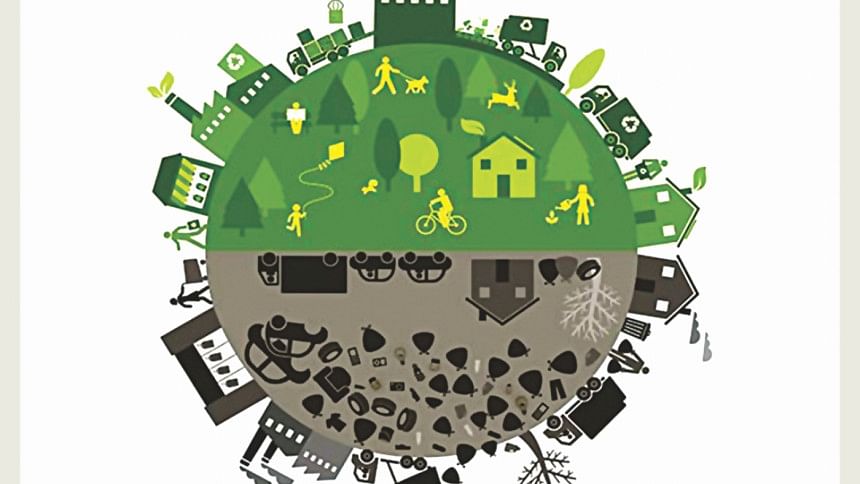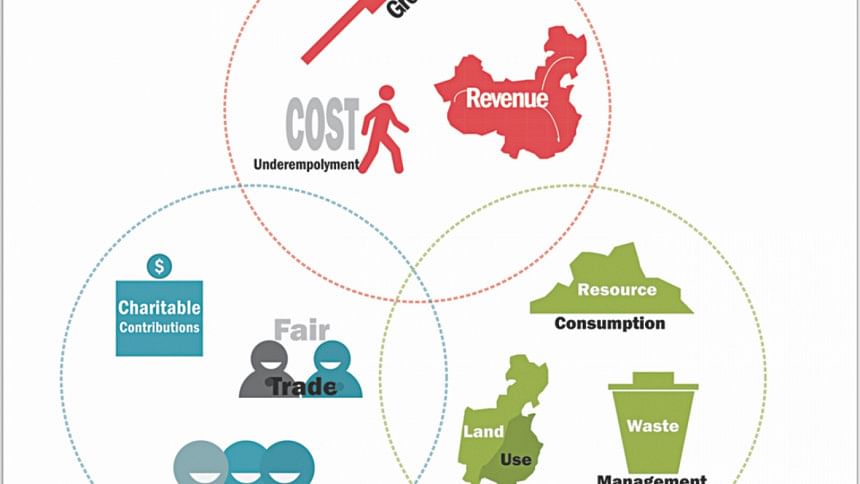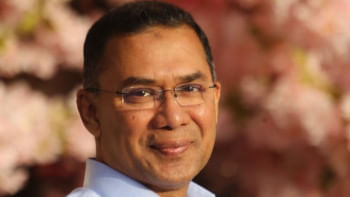Green financing to achieve sustainable development
To enhance the new global agenda, SDG (Sustainable Development Goals) seeks for the innovative development plans and policies in all sectors of national development. The various initiatives towards achieving sustainable development are just in the process of thinking, discussion, drafting, or at the stage of building awareness of the global community only. Since 1992 we have started cherishing the concept of our development.
Then process took the shape of the Millennium Development Goals in the year 2000 and the development paradigm has been shifted further in 2015 reshaping with the requirements of sustainability. More specifically, the reformation of our development path is to be assigned corresponding with the sustainable development goals, framed by the United Nations Development Program. For the purposes of new dimensions of the development, green investment of business is being strongly encouraged in all the relevant discussion forums. Apart of the large scale investment in industrial development, small and medium scale projects can also contribute to combating the sustainable development through the green financing concept. This period of globalisation, a country's new development plan is visionary wrapped with the global sustainable development goals. Practically, the present trend of global development is business focused, where a well planned business investment is a prerequisite of a country's economic growth leading to the achievement of country's sustainability goals. Therefore, present demand of business have to be designed by the promotion of green financing in every business oriented investment; otherwise, we could face very difficulties to achieve our sustainable development goals. Due to the high potential area of sustainability management, all kinds of business platform should immediately start to get think of sustainability integration process in its continuous investment.
It's usually assumed that “Green” means something that is commenced with the environment friendly initiatives. So, green financing can be an initiative as a sign of the green economy, leading to the sustainable growth of a country. Even the concept of green economy might seem to ensure the economic sustainability of a country; but, based on UN definition we can see that the results of green economy. We improved human well-being and social equity, while significantly reducing environmental risks and ecological scarcities. That means the pathways of green economy are a complete process for making a foundation of sustainable development, since the outcome of the green economy can describe a broad range of social, economical and environmental sustainability of a country. So, simply, green financing in business may promote green economy of a country and at the same time the by-product of such industrial development will be in the sustainable manner - low carbon, resource efficient and socially inclusive.

In the meantime, Bangladesh has seen much progress in its economic growth both in industrial as large scale and as microenterprise, but the development is yet so far in line with the sustainability management. The central bank of Bangladesh has already developed a policy on green financing for the future investment. This policy is so called the process implemented with the green banking. On the other hand, the investment of microenterprise is not yet lined up with the green financing, except a few successes in the country, e.g. the investment of house level solar panel for renewable energy, water and sanitation, more importantly. A BRAC initiative titled Borga Chashi Unnayan Prakalpa (BCUP) can also be a good example of green micro-financing program as it builds the capacity of the farmers on improved technologies and cultivation practices. However, many see microfinance to play a vital role to reduce poverty. Since people think it is a powerful tool, but could it finally to build a sustainable economy at time of our journey towards sustainable development? What kind of use of microcredit is expected to contribute to the environmental sustainability, social equality and poverty reduction? The answers to these questions we are looking for, since a great portion of our country's investment is with the microfinance rather than large scale investment in industry. There is a shortage of our policies that regulates the green economy through all the development sectors, especially on our microfinance sector. Most of the microfinance institutions do not have their own policies considering the sustainability requirements in business, even no monitoring policies of the invested money on progress. In this case, voluntary policies can work promptly rather than the use of central policies, but we see there is a lack in taking initiative of government to impose sustainability practices in the microenterprise sector. But, the idea for such policies has come into the sectors a decade ago.
From the perspectives of our global sustainability goals, our financial institutions may reform their financial strategies to sustainability based financial products including monitoring services and policies. Here, the sustainability requirements should be the triple bottom line standpoints that monitor the Green Finance of an institution to a broad range of monetary support for innovative projects and technologies leading to sustainable business. We should recognise the value of our nature and people as a capital, while our best efforts to supply human fundamental needs through reducing environmental risk and maintaining economic stability. In this perspective, new finance may broadly replace old machineries to minimise carbon emission, introduce of renewable energy sources as well as to use of surface water. However, in the context of developing country like Bangladesh, the new financing could be focused particularly on: clean and renewable technologies which both decrease adverse environmental impacts in a continuous improvement and create stable economic assets; uninterrupted agriculture market potential and create new market channel with a good return on investment; ecological building materials; safe water and improved sanitation (we are better than before); creating assets out of both solid and liquid waste; eco-business exploration for micro-entrepreneurs; expanding microfinance clients' contribution to achieve sustainable development goals, and; to promote regenerative natural resources in all the future projects.

Practically, we have to educate professionals and organisations, and also common citizens who elevate the concept of green financing in their individual business arena. To get the continuous and best benefits, we have to drive green economy through the investment of public-private partnership. Therefore, good governance and co-ordination of investment are jointly needed to lead the future projects within the common global interest. This process must balance the employment opportunities and motivate the people to work for a standard outcome corresponding with the green financing objectives. Standard outcome should be based on reducing carbon emissions, pollution control, increase resource efficiency or adoption of ecosystem services, whose sustainable management could be recognised by engaging all levels of stakeholders in the process. These attempts need to be catalysed and initiated by the financial institutions, taking into account the targeted public expenditure, existing regulations, and finally policy reforms to accelerate the decision making process in the respective action. Finally, the present development trend should maintain, boost and, where necessary, remake natural capital as a decisive economic resource and a source of public advantages on fundamental needs, especially for the poor people whose livelihood security strongly depends on nature.
The writer is a researcher on sustainability at BRAC Research and Evaluation Division.

 For all latest news, follow The Daily Star's Google News channel.
For all latest news, follow The Daily Star's Google News channel. 



Comments